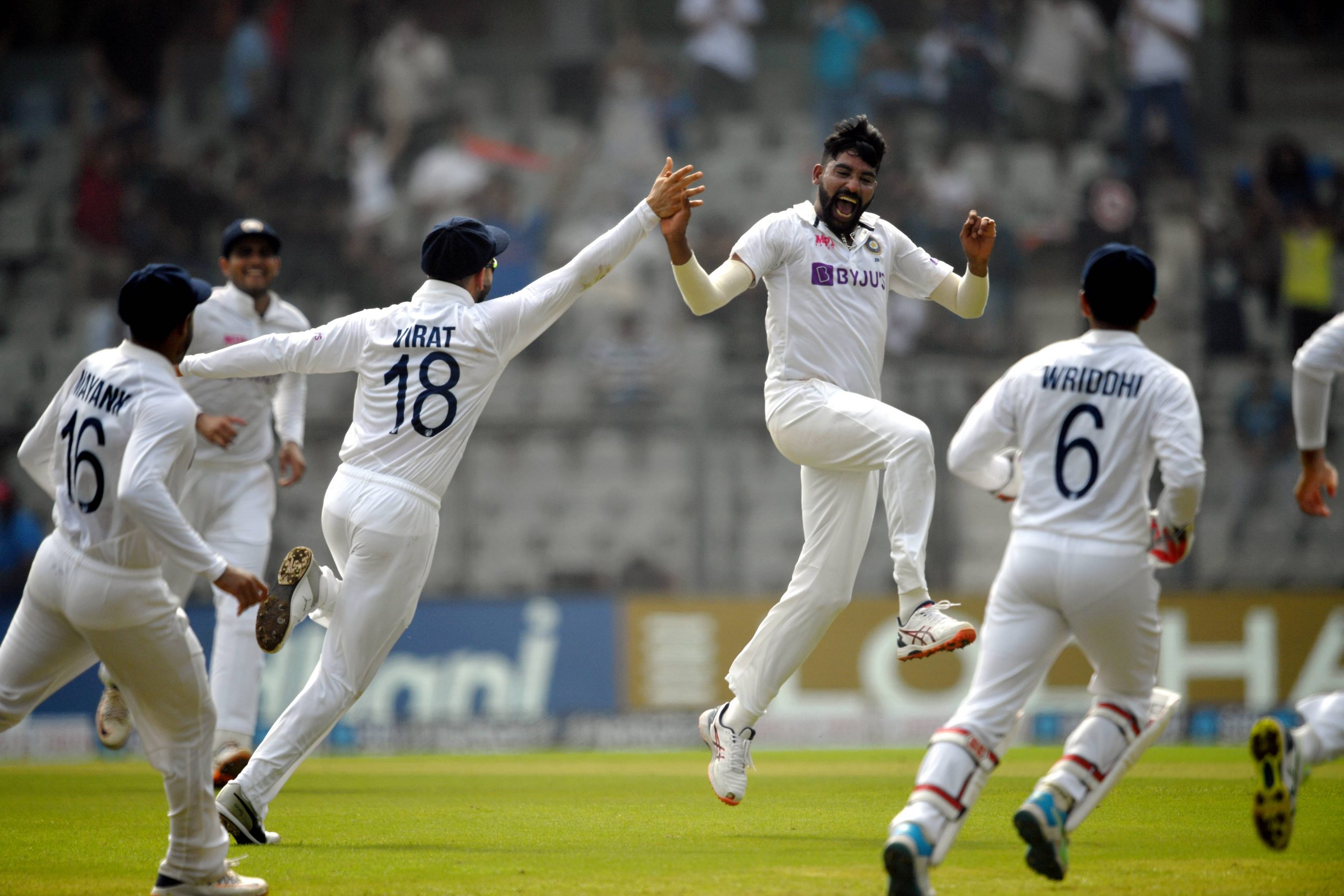India bundled
out New Zealand for a meager 62 after scoring 325 in the first innings to take
a healthy 263-run lead on Day 2 of the ongoing second Test in Mumbai. Returning
Indian skipper Virat Kohli, who has a history of not enforcing the follow-on,
chose to bat again and effectively rule out New Zealand’s chances by adding another
200-odd runs to the lead.
However,
the situation of the match presented the ideal opportunity to put the Kiwis to bat
again and try wrapping up the match and the series with a few days to spare.
Also Read | Ajaz Patel 3rd bowler to take 10 wickets, joins Kumble, Laker in elite list
After
the disastrous first innings, which saw the visitors record their lowest total in
a Test match against India, the Kiwis would be unlikely to wipe out the lead
and post anything close enough to challenge Kohli and his men.
Here’s why Kohli
opted to not enforce the follow-on:
Break for the bowlers
Choosing to
bat again allowed the Indian bowlers to get a much-needed breather after an
intense day’s play. It also ensures the Kiwi bowlers will hardly get a break
after having toiled for nearly four sessions so far in the match.
Also Read | When England’s Jim Laker became the 1st to take 10 wickets in a Test innings
More runs will end Kiwi’s chances
Adding
another 200 or so runs to the lead, which already stands at a mammoth 263, will
effectively finish New Zealand’s chances of getting anything from the match and
seal the match as well as the series for India.
Cheteshwar Pujara, who has been
struggling with the bat lately, and Kohli, who was controversially adjudged LBW
on a duck in the first innings, can look forward to boost morale with a few
runs under their belt.
Also Read | 2nd Test: R Ashwin takes DRS after getting bowled on day 2, gets trolled on internet
Fourth innings woes
India can strategically
use the roller to further break up the pitch and make it harder for the Kiwi
batsmen in the fourth innings. More wear and tear on the pitch can be exploited
by the Indian spinners to make batting that much more difficult for the visitors.






